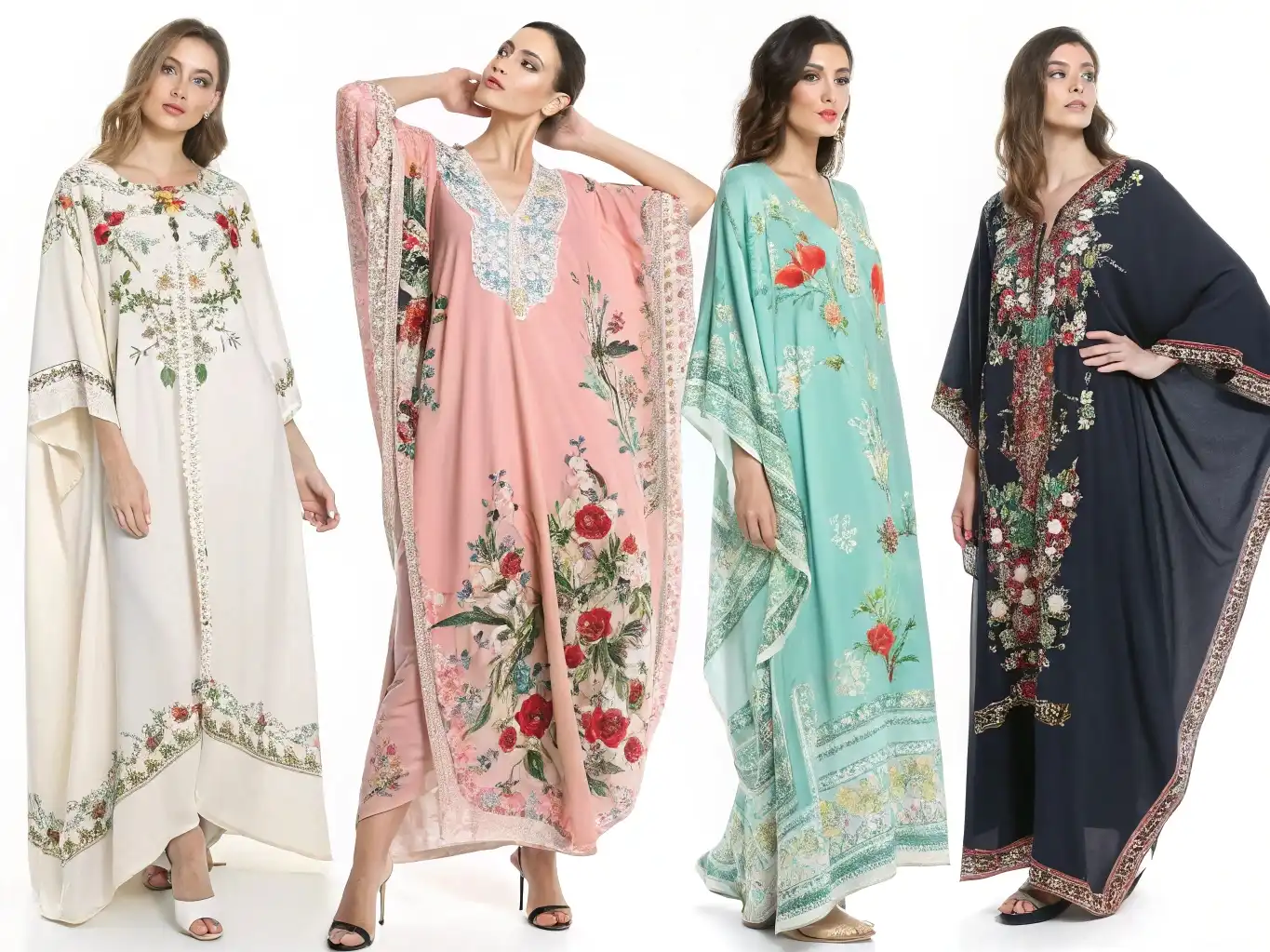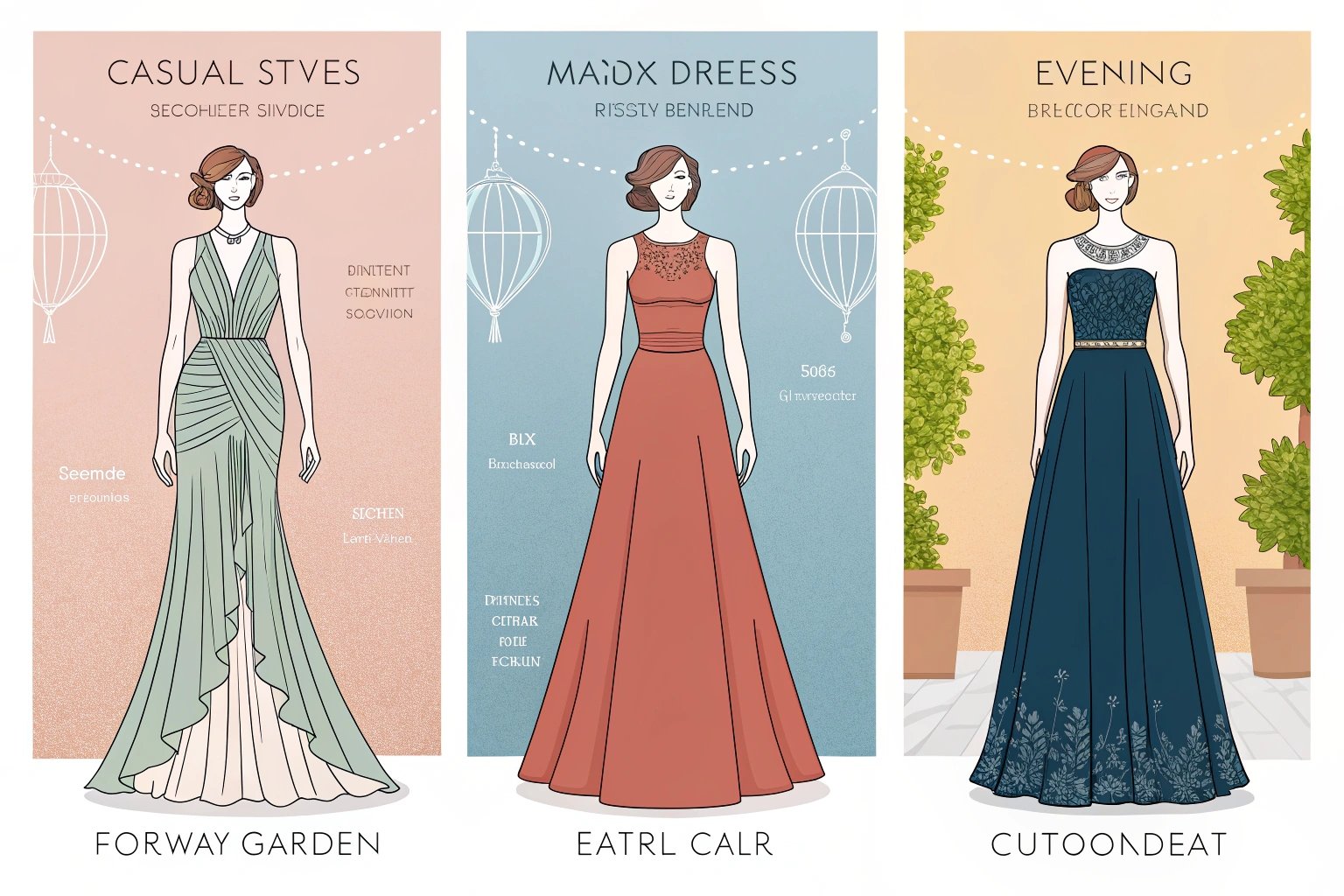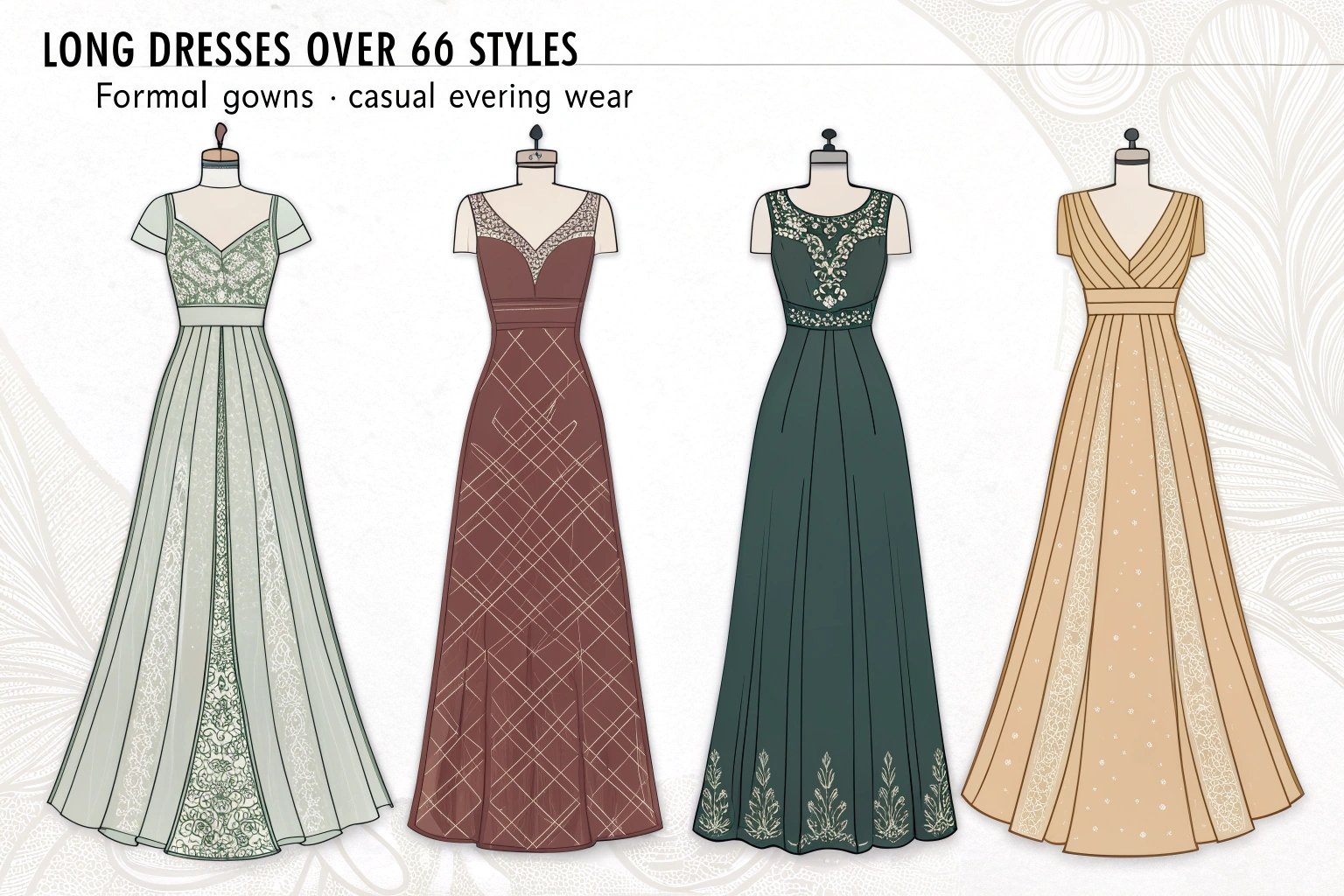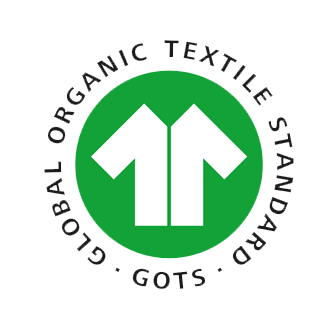I once picked a pretty rayon for a summer dress. It clung, wrinkled badly, and felt hot. I switched to linen. The dress breathed, moved, and aged well. That day I learned: fabric decides comfort more than design.
Linen1 is a premium natural fiber2 made from flax. It breathes, wicks moisture, and stays cool. It has strong yarns, great longevity, and a clean, matte look. For custom dresses3, linen brings structure without heaviness, softens with wear, and supports minimalist, luxury styles in warm seasons.
I will explain what makes linen different, why it performs in heat, and how I spec GSM4, weave5, and finish for custom dresses. I will also share care tips and a sourcing checklist you can use with your designer.
What Makes Linen Fabric Unique Compared to Other Materials?
Linen starts with flax. The stalk becomes long fibers through retting and scutching. These fibers spin into strong yarns. The result is a fabric that feels cool and crisp. It behaves unlike cotton, polyester, or silk, especially in hot weather.
Linen has long, strong fibers with high moisture regain and fast dry‑off. It feels cool due to better heat conductivity and a natural, open structure. Compared with cotton, it is crisper and stronger when wet. Compared with polyester, it breathes better. Compared with silk, it is matte and easier to care for.
From Flax to Fabric
- Harvest → Retting → Scutching → Hackling → Spinning → Weaving/Knitting → Finishing.
- Long fiber length gives high tensile strength and low pilling.
- Hollow, irregular fibers + looser yarn twist improve airflow and wicking.
Linen vs. Other Dress Fabrics (quick view)
| Property | Linen | Cotton | Polyester | Silk |
|---|---|---|---|---|
| Breathability | Very high | High | Low–medium | Medium |
| Thermal feel | Feels cool | Neutral | Can feel warm | Cool to touch |
| Moisture handling | Absorbent, fast dry | Absorbent, slower dry | Hydrophobic, fast dry if engineered | Absorbent |
| Handfeel | Crisp → soft with wear | Soft to crisp | Smooth/slick | Smooth, fluid |
| Sheen | Matte/natural | Matte to slight | Often shiny | Natural luster |
| Strength (wet) | Stronger when wet | Slightly weaker wet | Stable | Weaker wet |
| Sustainability | Flax needs less water | Moderate | Fossil‑based | Natural, higher care |

What Are the Key Advantages of Linen Fabric in Clothing?
Heat, sweat, and movement test a dress. Linen handles all three. It lets air in, spreads moisture, and recovers shape. The yarns resist abrasion. The fabric gains character over time instead of breaking down.
Linen is breathable because of fiber structure and lower yarn hairiness. It absorbs moisture, spreads it, and dries quickly. It also has high tensile strength, especially when wet, which means strong seams and long life. These traits make linen ideal for summer and travel dresses.
Why Linen Stays Cooler
- Airflow: Plain weaves and lower yarn twist create micro‑vents.
- Moisture: Absorbs sweat, then releases it faster than cotton.
- Heat transfer: Higher conductivity pulls warmth off the skin, so it feels cool.
Durability and Build
| Factor | What I specify | Why |
|---|---|---|
| GSM (after finish) | 120–220 gsm for dresses | Light enough to breathe, stable to sew |
| Yarn | Long‑line, wet‑spun if possible | Fewer slubs break, better strength |
| Weave | Plain, twill, herringbone | Plain for crisp, twill for drape |
| Finish | Enzyme/soft wash | Softer hand without heavy resins |
Why Linen Fabric Is a Popular Choice for Custom Dresses
Linen has a relaxed elegance. It drapes with body, not cling. It holds minimalist lines, topstitching, and clean hems. It pairs well with natural trims and understated hardware.
For custom dresses, linen creates a refined, natural look. It suits shirt‑dresses, A‑lines, wrap dresses, and column silhouettes. Designers love its dry, matte surface, which photographs well and reads premium without shine.
Design Playbook
Silhouette Matches
- Shirt‑dress (140–170 gsm): crisp collar, breathable body.
- Wrap/kimono (150–180 gsm): structure with movement.
- A‑line midi (160–200 gsm): clean flare, defined seams.
- Bias column (170–200 gsm, linen‑viscose): drape with weight.
What to avoid
- Very tight bodycon in pure linen (use linen‑viscose or linen‑elastane).
- Heavy resin anti‑crease finishes; they kill breathability and feel.

How to Care for Linen Fabric in Custom Dresses
Care is simple when you set it up right. Pre‑wash the fabric, press smart, and store with space. Linen softens over time and looks better with age.
Wash cool or warm on gentle, low spin. Use mild detergent. Shake out, reshape, and line dry. Press while damp with steam and a press cloth. Expect minor creasing—that is part of the charm—and note that the hand will soften after each wash.
Care & Maintenance
Wash & Dry
- Before sewing: pre‑wash/steam to settle shrinkage to ≤3–4%.
- Home care: 30–40°C gentle cycle; avoid overdrying; line dry or low tumble.
Pressing
- Iron on medium‑high with steam while slightly damp.
- Use a press cloth to avoid glazing; press, don’t drag.
Storage
- Hang with room to breathe; avoid thin wire hangers.
- For long storage, roll in acid‑free tissue to reduce fold lines.
Is Linen the Right Choice for Your Next Custom Dress?
I choose linen when the brief says cool, natural, and enduring. I switch when the brief needs high gloss, liquid drape, or tight bodycon.
Choose linen for warm seasons, daytime events, travel, and minimalist looks. Consider budget for premium long‑line flax. Work with your designer to pick GSM, weave, and finish. If you want fluid shine or close stretch fit, blend linen with viscose or elastane, or choose silk/satin.
Decision Matrix
| Factor | Pick Linen when… | Pick Alternative when… |
|---|---|---|
| Season | Spring–summer, resort | Winter formal, extreme cold |
| Occasion | Day events, smart casual, destination weddings | High‑gloss evening (choose satin/silk) |
| Silhouette | Shirt‑dress, A‑line, wrap, column | Bodycon/ruched (use blends) |
| Feel | Natural, breathable, matte | Liquid, high sheen, cling |
| Budget | You can invest in long‑line flax | You need ultra‑low cost synthetics |
Work With Your Designer: Sourcing Checklist
- Fiber & origin: long‑line flax, reputable mill.
- GSM (after finish): 120–220 gsm for dresses.
- Weave: plain, twill, herringbone; ask for all three swatches.
- Finish: enzyme/soft wash; avoid heavy resins.
- Tests: shrinkage (L/W), seam slippage, colorfastness, pilling of trims/linings.
- Lining plan: lightweight cupro/viscose for opacity without heat.

Conclusion
Linen is cool, breathable, strong, and quietly luxurious. It brings structure without weight and softens beautifully over time. If your custom dress brief calls for comfort in heat and a refined, natural look, choose linen. Set GSM, weave, and finish with your designer, and your dress will age gracefully.
-
Explore the unique properties of linen that make it a top choice for breathable and stylish clothing. ↩
-
Learn about the significance of natural fibers like linen in sustainable fashion. ↩
-
Learn why custom dresses in linen offer a unique blend of style and comfort. ↩
-
Get insights into how GSM affects the quality and feel of clothing. ↩
-
Discover how different weaves influence the texture and performance of fabrics. ↩









